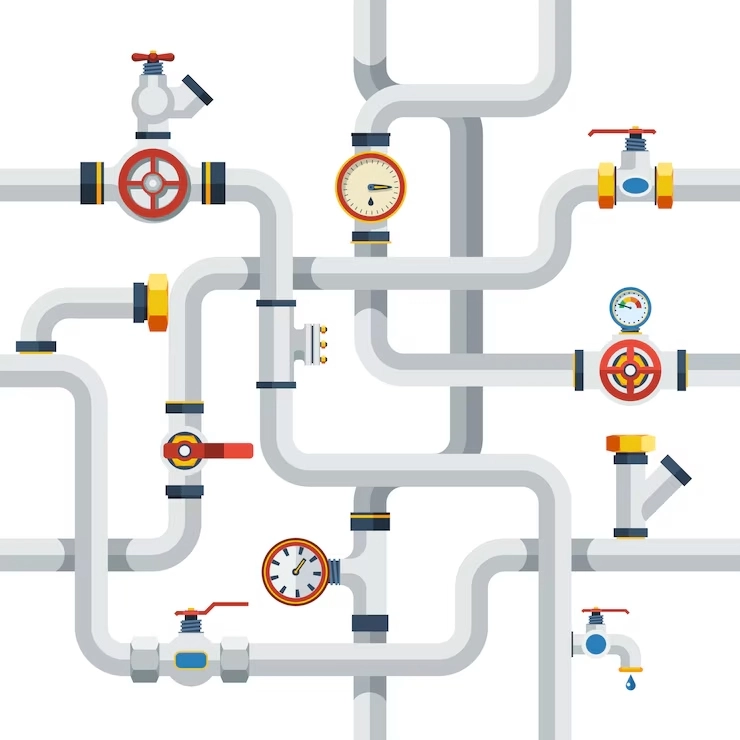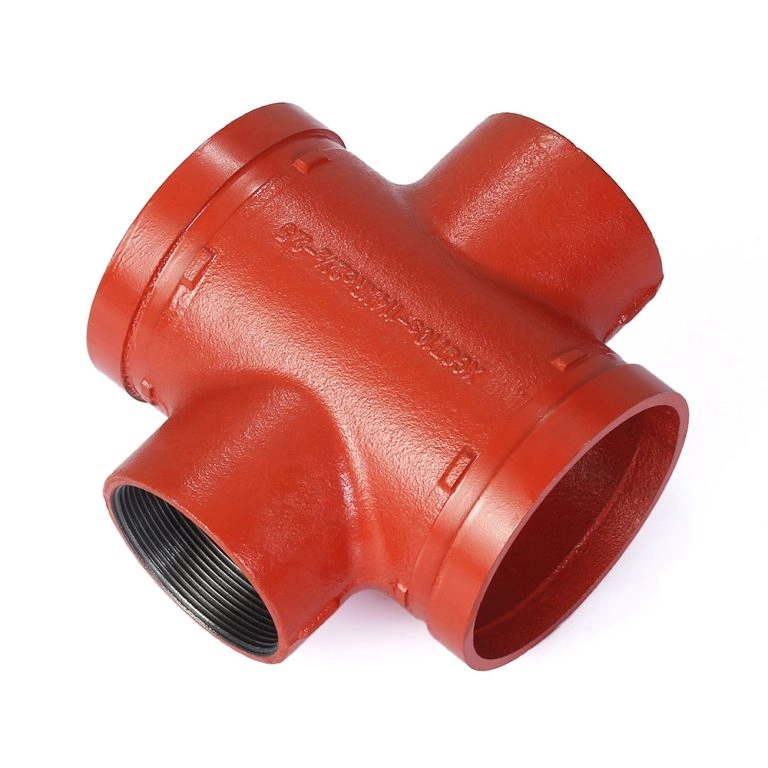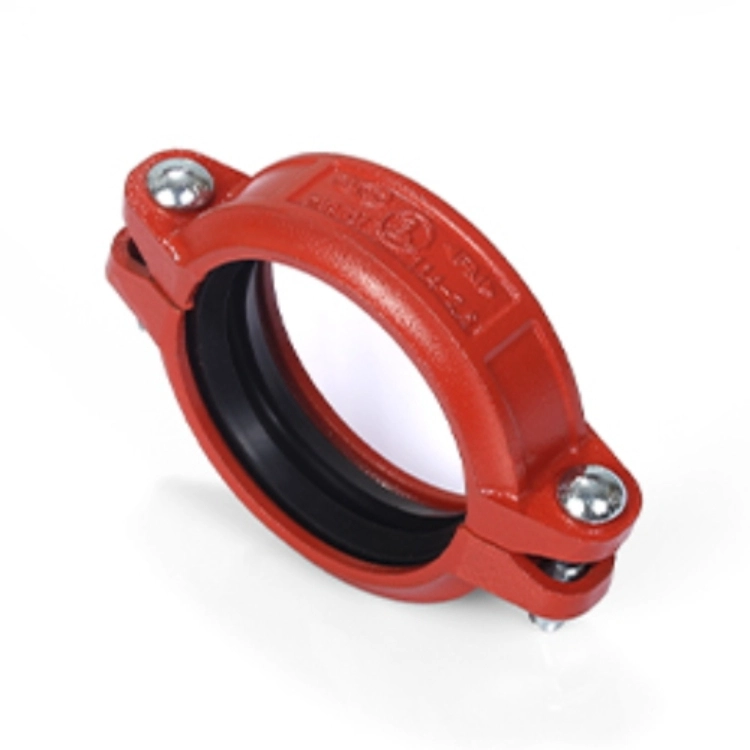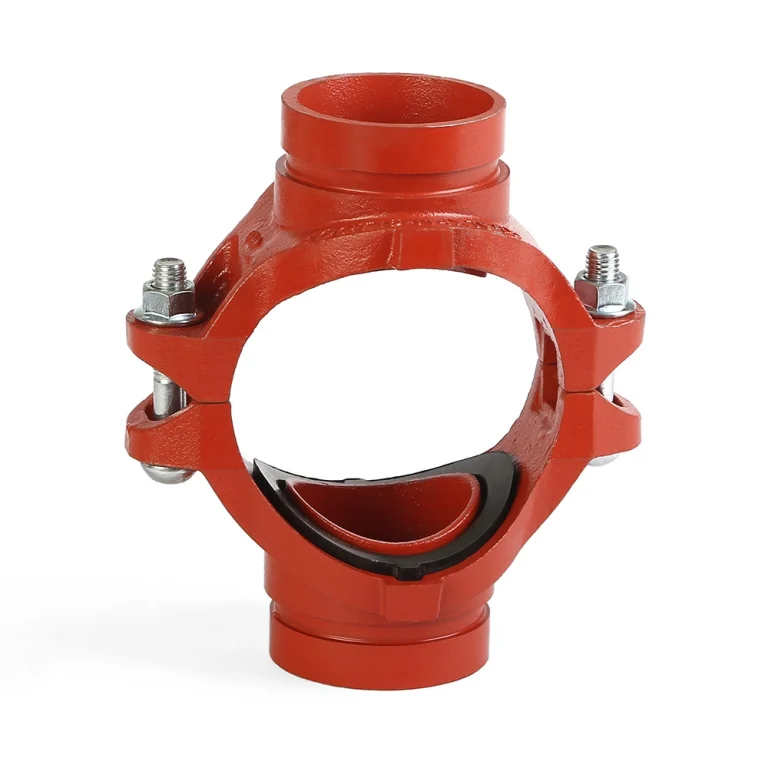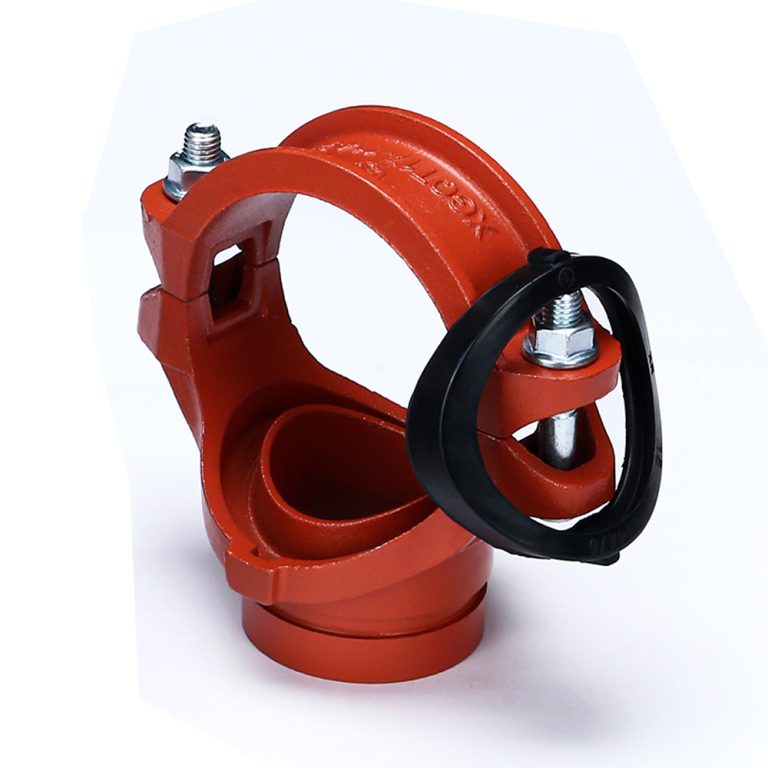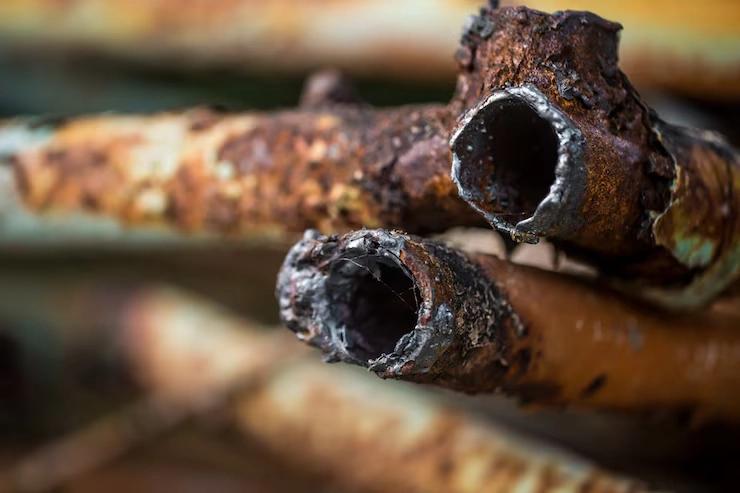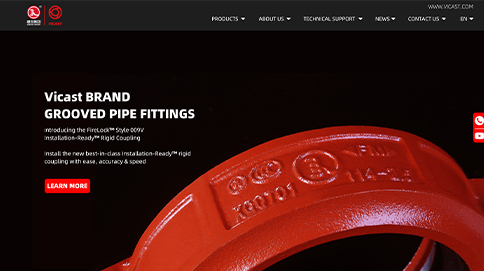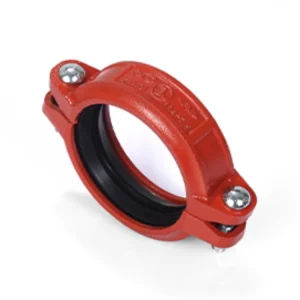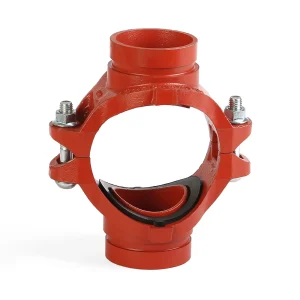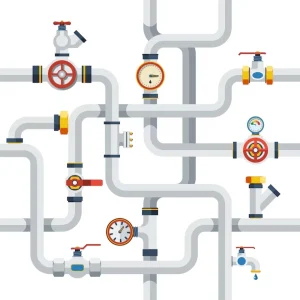
Understanding Grooved Coupling: Key Differences Between Pipe Coupling and Union
Picking between Pipe Couplings and Pipe Unions for your project can be tough. This guide breaks down their differences, uses, and perks in easy words. It also shows why Vicast’s grooved couplings are tough and simple to use. Read on to find the best choice for your pipes! What Is a Pipe Coupling? Definition of Pipe Coupling A Pipe Coupling is a tool that links two pipes or tubes. It helps make a pipeline longer or change its path. The connection is tight and stops leaks, so liquids or gases move smoothly. Pipe Couplings are super important in many industries. They help pipes work well together. Types of Connections Used in Pipe Couplings Pipe Couplings connect pipes in different ways, depending on the job. Common types are Threaded Couplings, grooved couplings, and Welded Couplings. Threaded Couplings have threads that screw into pipe ends. Grooved couplings use grooves on pipe ends, held tight with clamps or bolts. Welded Couplings melt pipes together with heat for a forever bond. Materials Commonly Used for Pipe Couplings The stuff used for Pipe Couplings depends on things like heat, pressure, or what’s flowing inside. Usual materials include stainless steel, carbon steel, brass, copper, and plastic like PVC. For hard jobs with lots of pressure or heat, ductile iron is picked because it’s strong and lasts a long time. Applications of Pipe Couplings in Various Industries Pipe Couplings are used in lots of places. You’ll find them in HVAC systems, fire protection, oil and gas lines, water supply systems, and factories. They’re great because they can connect pipes in all sorts of settings. Why Pipe Couplings Matter Couplings keep pipelines running without leaks. They’re built to handle tough jobs. Plus, they can fit into many systems, making them a go-to choice for builders and engineers. What

